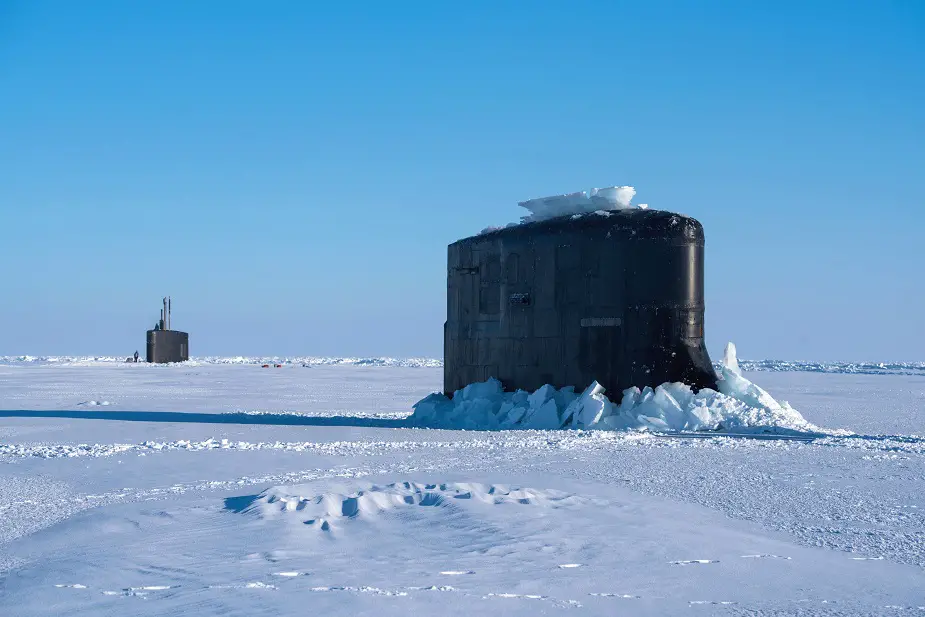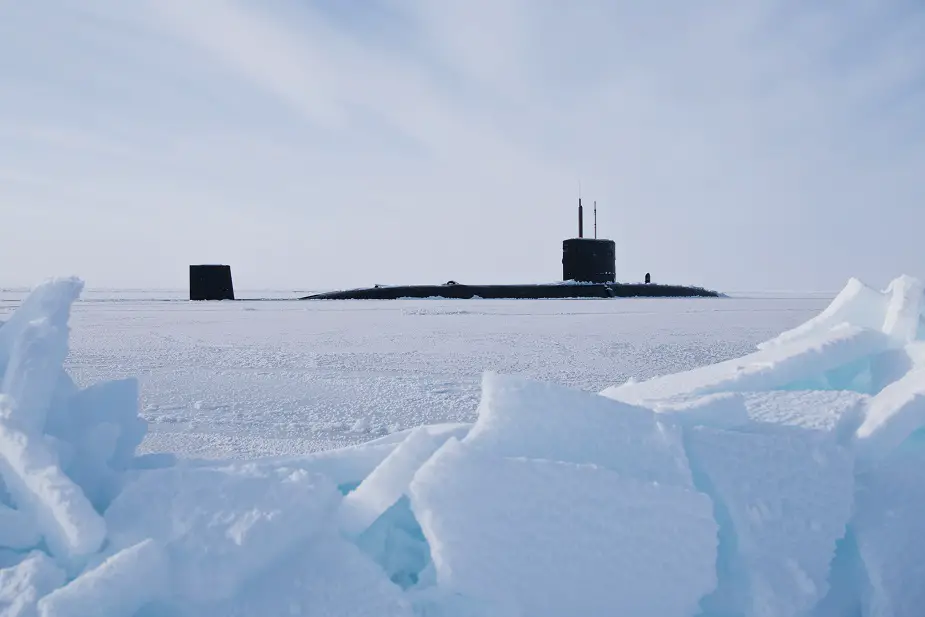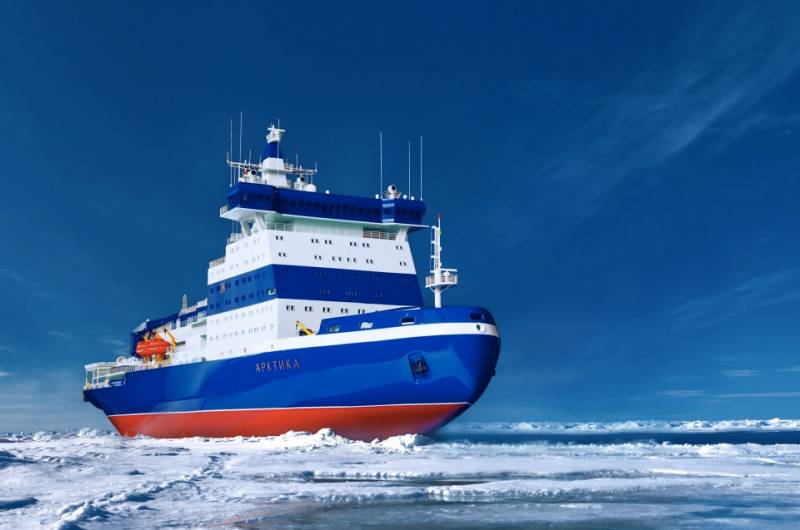Russia, West Increasing their Military Activity in the Arctic
The joint ICEX-2018 exercise of the United States, the UK, Canada and Norway began in the Arctic in March 2018. Three nuclear submarines surfaced through the ice of the Beaufort Sea. The Izvestia daily writes about growing military activities of the regional countries.

The Skate polar station was set up in the surfacing area. The camp with a power generator, helipad and an ice airstrip ensured the work of 50 people. The personnel serviced the submarines and their arms and, in particular, ensured torpedo fire, search, surfacing, maintenance and recharging of torpedoes.
The exercise engaged two US submarines - the Los Angeles-class Hartfort SSN-768 and the Seawolf-class Connecticut SSN-22 - and the British Trafalgar-class Trenchant. They searched for a proper surfacing place through the ice, trained surface and underwater navigation in high latitudes, escape from icebergs, radio communications in the Arctic, as well as submarine search and torpedo fire.
Divers from the submarines submerged under the ice to inspect submarine hulls and equipment. Actually, the US Navy and its key allies from Arctic countries trained combat engagement of the submarines in high latitudes.
The biennial ICEX exercise has been regularly held since 2007. In 2011 and 2012 the maneuvers were held each year but returned to the biennial cycle after 2012 and are held in even-numbered years.
The aim is clear. The US and its allies eye Arctic resources in their economic zone and in neutral waters. The gradual melting of ice in the Arctic triggers interest in the resources and transit capabilities of the Arctic seas.
As dozens of years ago, the Arctic remains an area of Russian-US military standoff as the shortest airways from Russia to mainland United States go over the region.

Both parties are mounting military activities in the region. The United States and allies became active in the Arctic in mid-2000s when the gradual decrease of the ice cover developed into a long-term trend.
Russia began restoring military presence in the Arctic in 2011-2012. In 2014 a new strategic command was set up on the basis of the Northern fleet to control forces in the European part of the Arctic. The military bases have, on the one hand, to ensure security in peacetime and, on the other hand, prevent a potential threat from the north in case of a war.
US submarines have been operating in the Arctic since 1947 and have been there permanently since late 1950s after nuclear submarines appeared. At present US U-boats in Polar seas can attack important industrial and military facilities in the region and deep in the country with cruise missiles. They regularly trace Russian SSBN for which the Arctic is a traditional and convenient positional area providing for a covert strike at the United States by ballistic missiles along a flat trajectory.
 Artist impression of nuclear powered icebreaker "Arktika" (project 22220). Image: Atomflot
Artist impression of nuclear powered icebreaker "Arktika" (project 22220). Image: Atomflot
Both sides are mounting their capabilities in the region. Russia has an edge as it maintains the most developed Arctic infrastructure due to a rich Soviet legacy and current intensive effort, which however was launched later than the rivals did.
A bigger network of bases, the biggest icebreaker fleet in the world, including nuclear vessels, and the strongest Arctic military force in the form of the United strategic command on the basis of the Northern fleet provide control over Russian Polar waters and an opportunity to counter the adversary.
Control over air and sea movement is a key operational task of the deployed network of bases. The geographic location of Russian Arctic islands from Franz-Joseph Land to Wrangel Island creates overlapping control zones and decreases the risk of covert intrusion and surprise attack from coastal Arctic waters.
It is clear that the warming makes the Arctic more accessible and will boost economic activities in the region, as well as a possibility of various grave incidents. Greenpeace protests at Prirazlomnaya oil platform in 2012-2013 may look like simple kidding against them. The possibility of such incidents will grow because of resumed Cold War between Russia and NATO in which the rivals can fight by proxy.
It calls on Russia to create a system to prevent a potential military attack, as well as permanent security forces capable of preventing and investigating sabotage, attacks, subversions and terrorist acts at civilian facilities and infrastructure of the region.
Both sides are preparing for confrontation and incidents in the Arctic. Russia does not disclose the details of Arctic exercises but the available information speaks about regular drills of major naval, aviation, air defense and ground forces. The recognized non-verbal codes of conduct allow viewing the demonstrated military activity of major powers as their unwillingness to unleash a conflict in the region and gives hope the rival will comprehend the signal and refrain from further escalation.
However, the latest international relations show the West has fully lost the experience of military-political communications of the Cold War. The fear of a possible development of confrontation into hostilities has atrophied. In such conditions the growing military activity makes the parties suspect each other of aggressive intentions rather than of a demonstration of readiness to respond with force.
The Arctic has not been such a troublesome region for long. A hypothetical conflict can be triggered by developments which take place many thousand kilometers away from the Polar Circle, the Izvestia writes.
© Copyright 2018 TASS. All rights reserved. This material may not be published, broadcast, rewritten or redistributed.


























